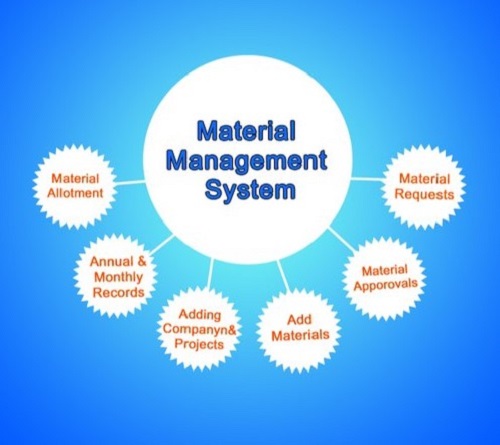INTRODUCTION
Waste management is an inevitable feature of even the basic ways of human life, work, and organization.
Waste materials are those that no longer have any value. Yet, this concept is being undercut recently and new techniques and ideas have been formulated in attempts to scrape value out of waste material.
After all, waste material is composed of most of the same things as the useful material it previously was.
Thus, it is not outlandish to think that value can be regained from waste material. It is still important to note that there are numerous hurdles and challenges to be faced in the way of proper management of these materials.
The management of waste materials is definitely not a minor affair to be trifled with, although many businesses see it that way.
On top of waste generation itself, there is no consideration of the environmental consequences. The possibility of material recovery or salvaging should always be explored.

PROCESS OF WASTE MATERIALS MANAGEMENT SYSTEMS
Introducing the 3R-RD approach, a set of guidelines for organizations to optimize their management of waste for maximum benefits.
They include reduction at source, reuse, recycling, reclamation, and finally disposal.
Placed in order, reduction is the first action while disposal is the last. The 3R-RD is intended to give an organization the best chances for material recovery while also limiting the environmental impact of waste disposal.
Reduce: Current practices can be modified to make reductions to the amount of waste generated by altering the design, manufacture, purchase, and use of materials and products.
This ties greatly into efficiency of your employees, for example, employees can be directed to carefully print only what is necessary and to print double-sided.
On the other hand, digital compilations may replace stacks of files whenever possible.
Reuse: Reusing products is one way to prolong usefulness, delaying the disposal. Reusing involves repair, refurbishing, or just recovery of worn and used products and material.
Examples include the encouragement of reusable cups, mugs, and cutlery as opposed to single-use, disposable ones in your organization to avoid having to deal with the disposal of these everyday. This is a process that greatly contributes to the economy of your resources.
Recycling: Recycling introduces waste materials in the process of manufacturing or transformation from which it is derived, resulting in a product of the same nature. Plastic products see recycling the most commonly out of all other type of products.
Reclamation: Reclamation may be divided into two parts, material reclamation which is basically reusing, and energy reclamation.
Material reclamation consists of using waste material in place of another material with the aim of creating a product that is different from the initial product.
Energy reclamation on the other hand is defined as the usage of materials that cannot be reused or cycled but has the potential to generate useful energy such as heat, steam, or electricity. This is the last action to attempt before resorting to total disposal.
Disposal: Being the last step, it goes without saying that it should never take precedence over the other actions mentioned above.
When you do come to this stage, it should be ensured that it is done safely in a manner that does not affect your immediate environment negatively.
WAYS TO ENCOURAGE EMPLOYEES IN THIS REGARD
To most, waste management is a topic better left not talked about. Then again, it is the masses that produce waste and if you want an efficient waste management system, you would do good to provide encouragement to both the employees at large and the waste management team. Typically, they may include:
ADVANTAGES AND COMPUTERIZATION
This article wouldn’t have been written if there were no advantages to proper waste management. They are:
A waste management system that is computerized is an important tool for organizations that wish to make the most out of proper waste management.
It is possible to integrate all the above steps into a computerized system, making substantial efficiency gains.
A computerized system not only allows the elaboration of a waste management policy, diagnosis, profiling, and a course of action, but it also helps in monitoring the implementations of plans made by you and carried out by your employees.
Computerized tools can greatly facilitate the functioning or organizations with regards to time, efficiency, and environmental performance.
CONCLUSION
Waste materials also have the potential of bringing numerous environmental and economic benefits to the organization itself.
It is thus necessary to focus importance upon the best practices that help reduce the quantity of waste sent for disposal.
Following the 3R-RD rule allows an entrepreneur to maximize the efficiency of a waste management system.
By applying this, many organizations already optimize their performance through adopting innovative approaches in economically friendly design, and technology in order to reduce their negative environmental impact and become lauded for it.
Syncoria is a digital transformation firm based in Canada and is an official Odoo Ready partner.